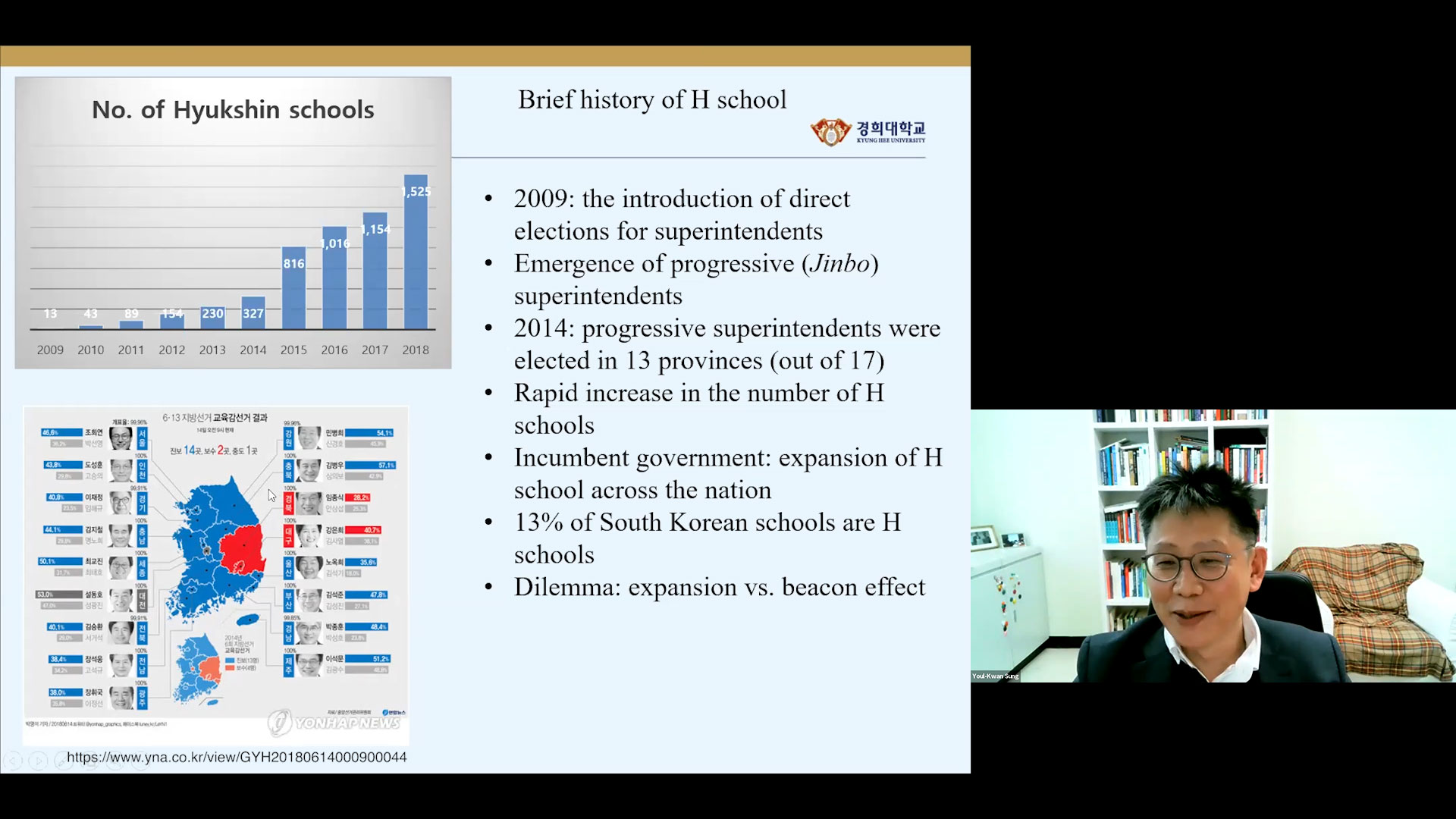Graduate School of Education 2020 Invited Lecture Series 5
The learning community writ large: Towards a new direction in the East Asian style of education in South Korea and Japan Youl-Kwan Sung (Professor, Kyung Hee University, Korea)
2020 Invited Lecture Series
Toward Critical, Historical and Transnational Dialogues on Japanese “Model” of Education
Abstract
In South Korea, a whole-school change movement, known as Hyukshin Schools, has been advocated as the most effective model for school improvement. This movement employs a communitarian school-change project strategy that utilizes collaborative learning, students’ voices, and democratic decision-making. Many superintendents, and recently the South Korean government, have adopted this project strategy as a role model for all schools across the nation. This model originally derived from a progressive grassroots movement based on a long history of Korea Teachers Union’s true education (chamgyoyuk). In the process of constructing its identity of Hyukshin School, the activist teachers view social democratic welfare system as the future path of society and tend to be inspired from Nordic welfare states to find out an alternative system for the future of South Korean education. At the same time, they especially at secondary school level adopted communitarian approach to school change from professor Sato Manabu in that his learning community theory has merits in avoiding the shortcomings of existing practices of public education with its failure of “the phenomenon of escaping from learning.” Sato’s argument has merits in understanding the similarity in pedagogical practices across industrialized East Asian nations and regions. According to him, the East Asian style of education is a result of “compressed modernity” with rapid industrialization that has promoted a competition-based education. Hyukshin Schools also pursue a bottom-up movement led by teachers towards a new direction in the East Asian style of education. In this presentation, I will first look at the way some Hyukshin School activists make use of Sato Manabu’s Community of Leaning strategies to their practices especially in promoting collaboration that is indispensable to students’ engagement in class. Second, the presentation will discuss what motived Hyukshin School activists to refer to learning community movement of Japan. Third, I will discuss how teachers in Hyukshin School movement view the educational philosophy, viewpoints of pedagogy and strategies for school change presented by Sato Manabu. As a result of research, I will suggest that value orientation of educational philosophy and perspectives on “good” society are very important motivations in Hyukshin School teachers’ reference to Sato Manabu’s theory and practices. Being careful not to fall into reductionism to the stereotypical image of East Asian education, I will argue that teachers and educators in East Asian countries have to talk, cooperate, and form solidarity toward a new direction of collaborative and democratic education and social justice.
Details
- Year/Term
- 2020
- Date
- November 20th, 2020
- Faculty/
Graduate School - Graduate School of Education
- Language
- English
- Instructor name
- Youl-Kwan Sung(Professor, Kyung Hee University, Korea)
- Place
- Online
- Note
- Global Education Office, Graduate School of Education
Related Courses
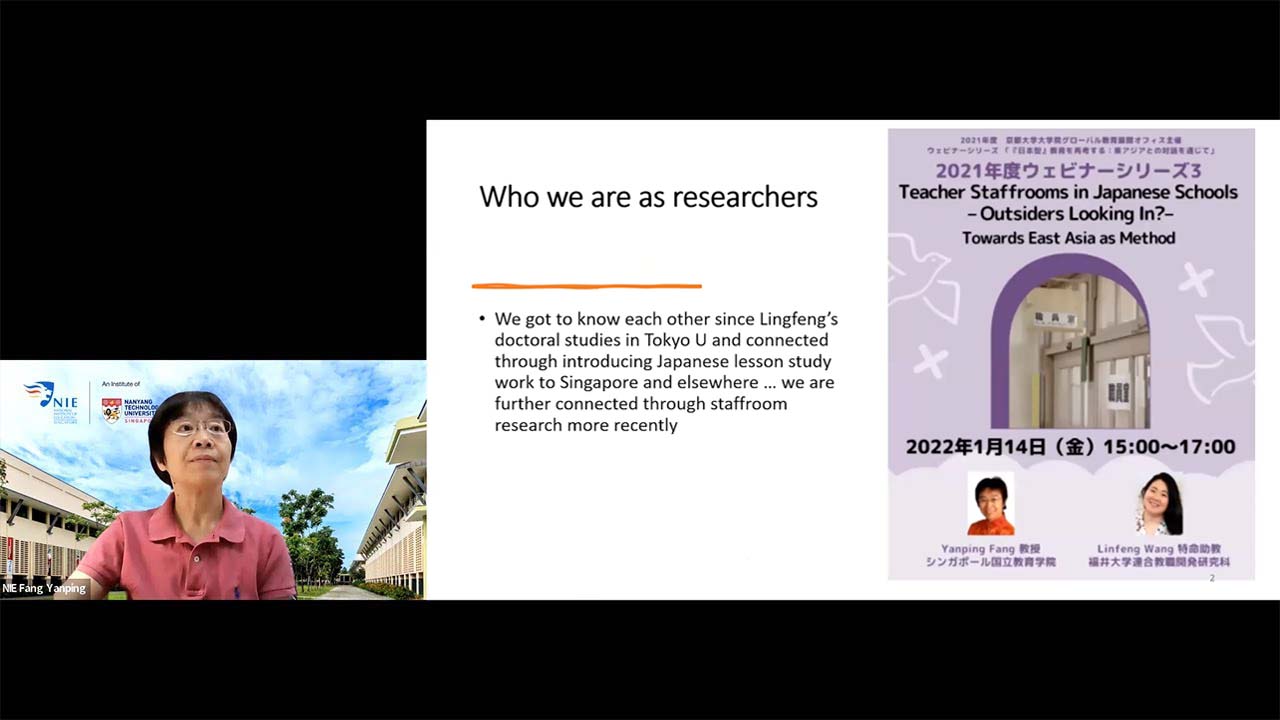 Public Lecture
Public Lecture
Yanping Fang, Linfeng Wang
Graduate School of Education
2021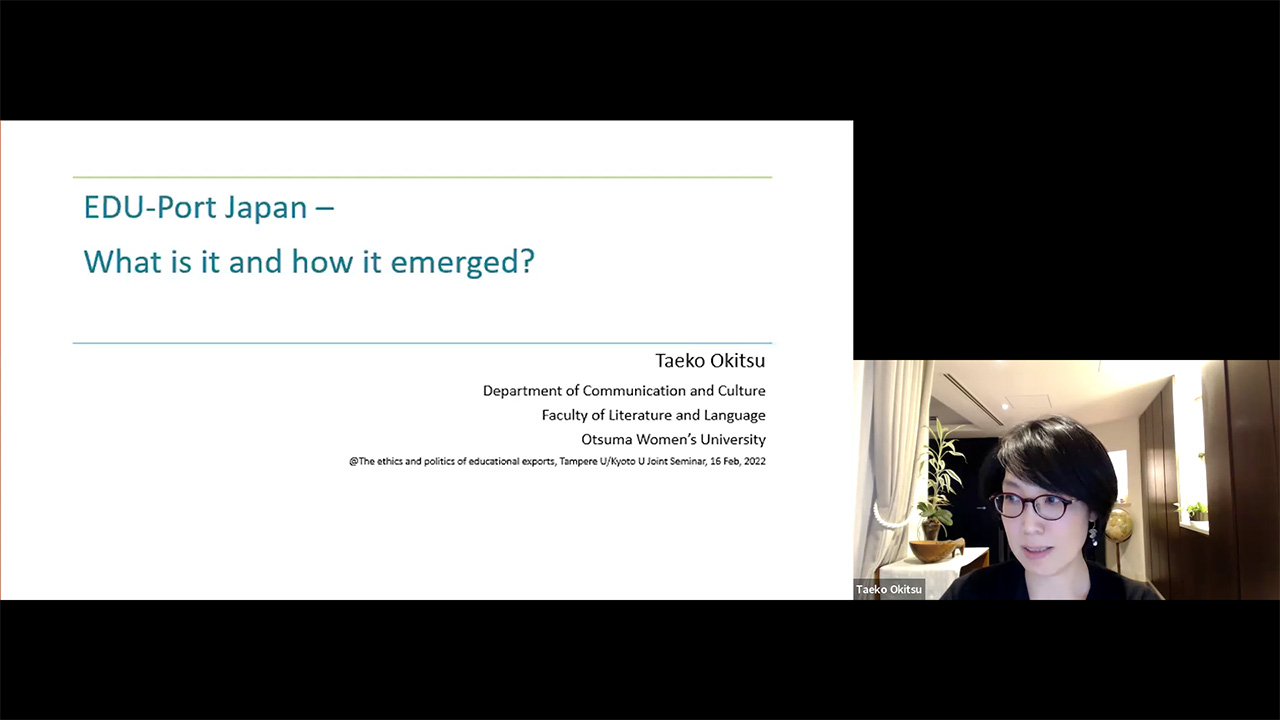 Public Lecture
Public Lecture
Keita Takayama, Taeko Okitsu, Henna Juusola, Kimmo Kuortti
Graduate School of Education
2021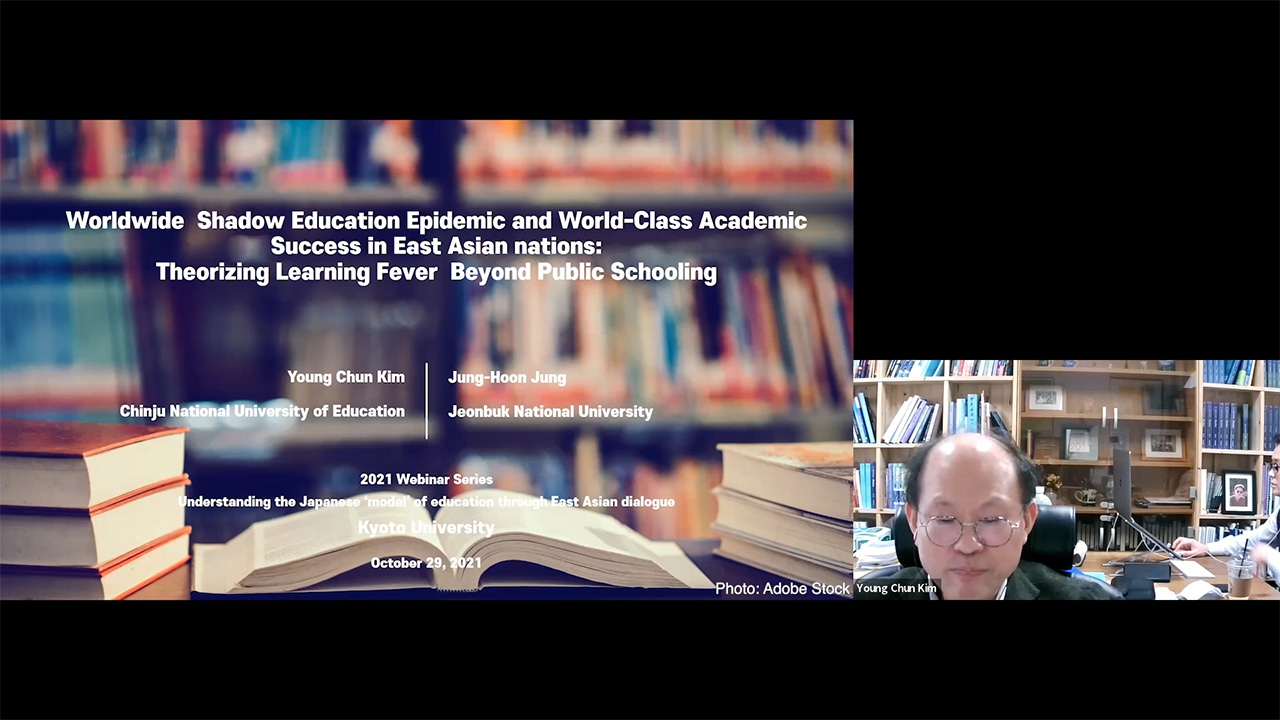 Public Lecture
Public Lecture
Young Chun Kim, Jung-Hoon Jung
Graduate School of Education
2021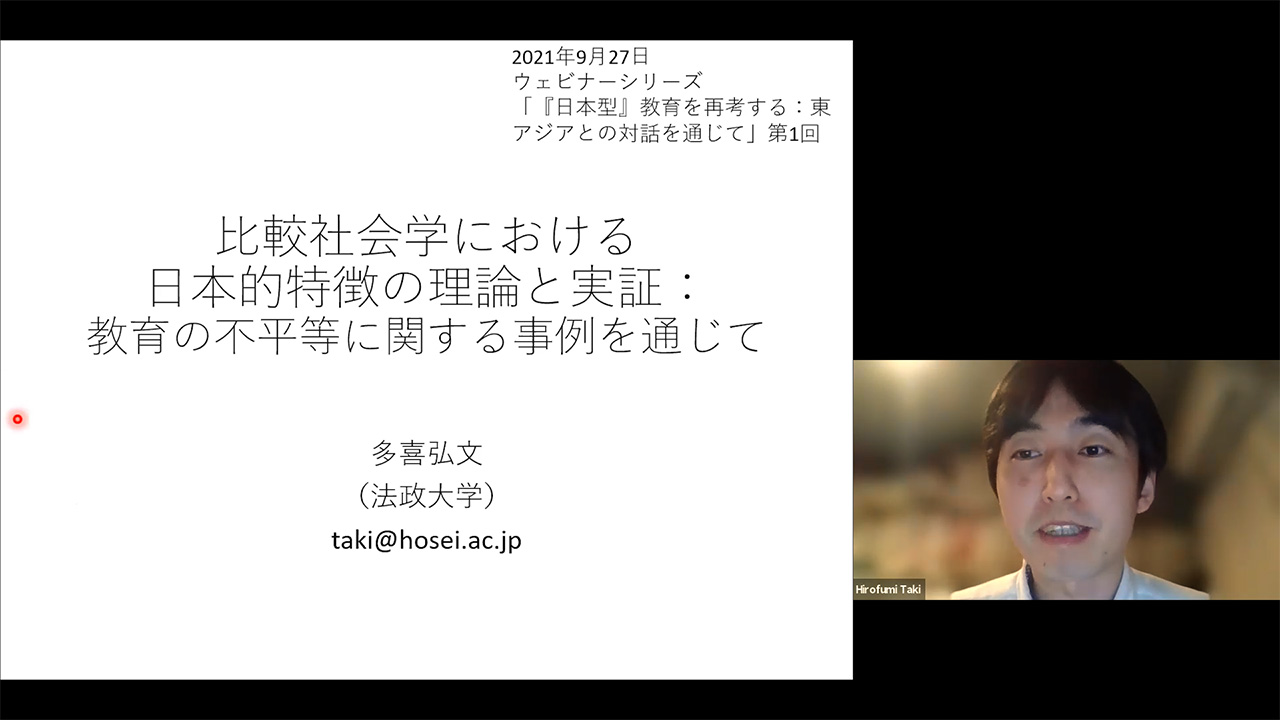 Public Lecture
Public Lecture
Hirofumi Taki
Graduate School of Education
2021

